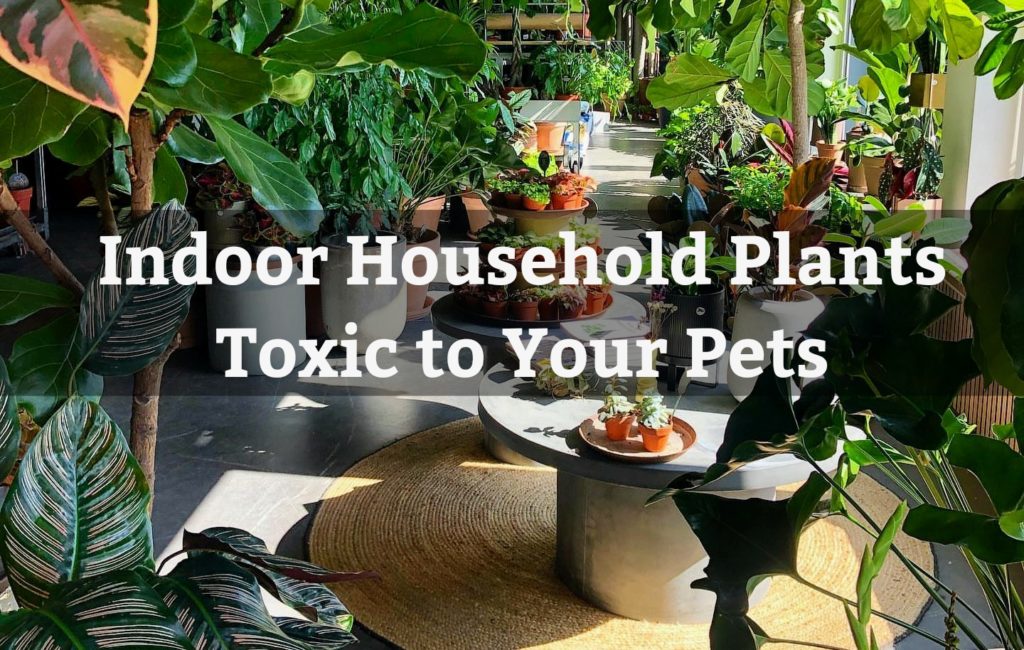
Did you know some of the plants in your home could be toxic to your pets?
I can’t tell you how many homes I’ve been to for private sessions where my students have multiple plants that are highly toxic to their dog or cat easily accessible. Don’t get me wrong, I don’t blame them, they obviously didn’t know. Second, I have some of these plants in my home as well! So in no way am I telling you to get rid of them. This article is intended for educational purposes and so that you can better puppy proof your home!
Most common plants toxic to dogs and cats
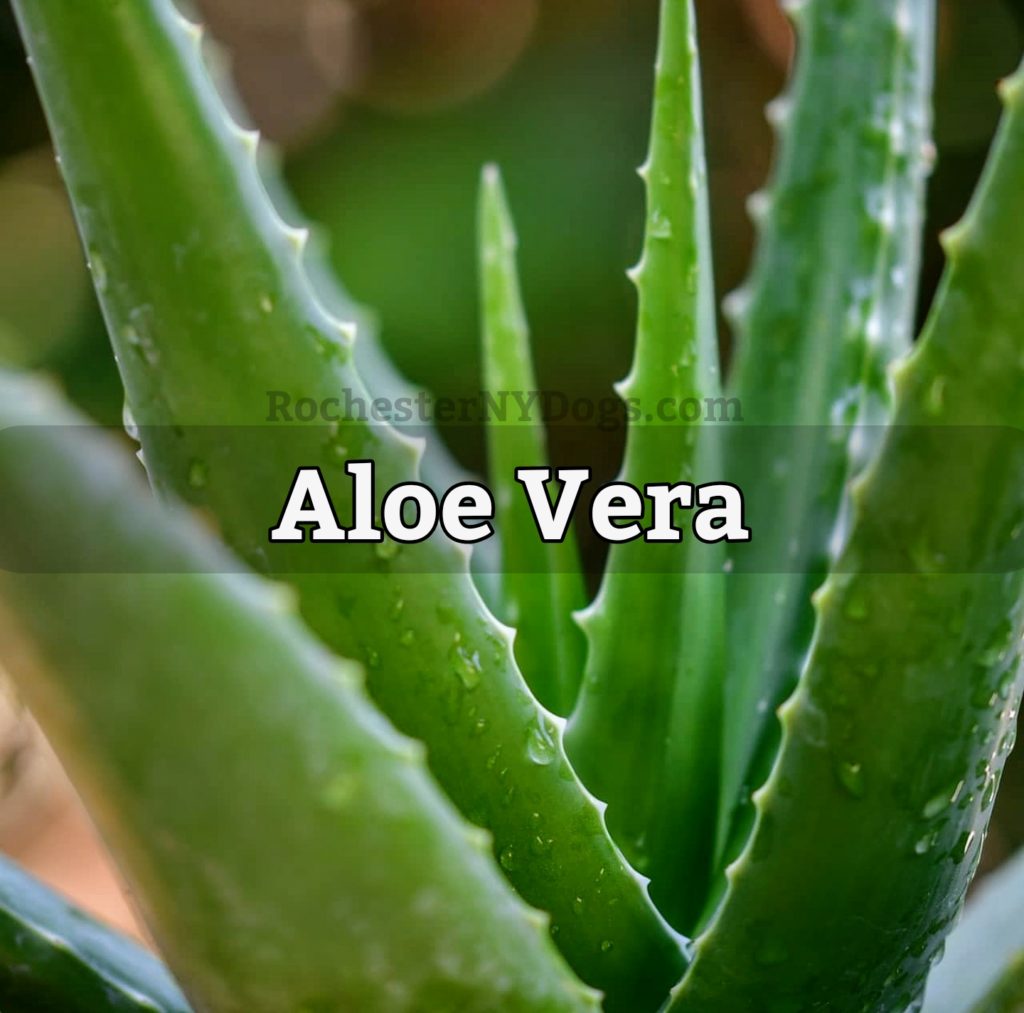
Common Name: Aloe Vera
Scientific Name: Aloe Vera
Toxicity: Dogs / Cats
About: Aloe can have a positive impact in your pets life due when used externally. However, when it comes to the plant itself, if your dog or cat ingest it, it is toxic. Effects include increase in fluid in your pets stomach, bowel movements, vomiting, diarrhea and/or change in urine color.⠀
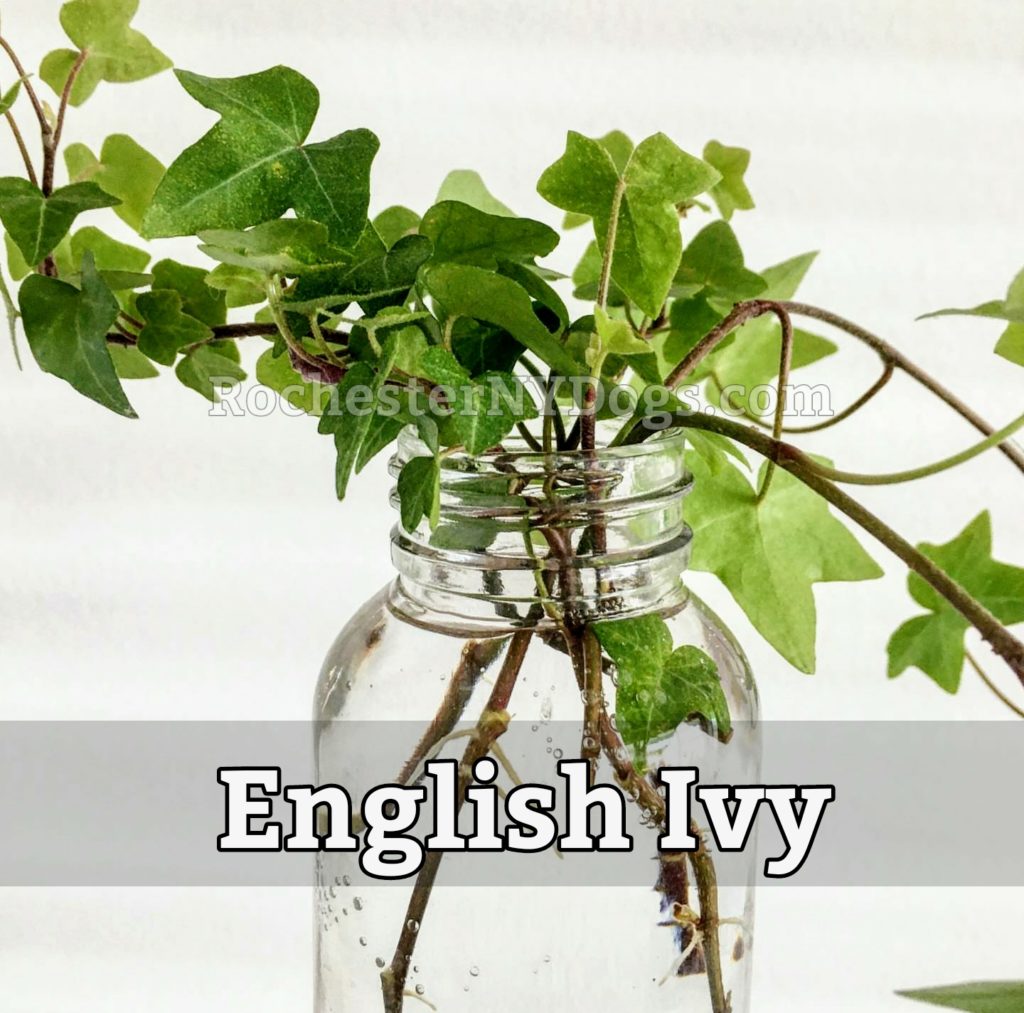
Common Name(s): English Ivy, California Ivy, Sweetheart Ivy, Branching Ivy, Glacier Ivy, Needlepoint Ivy)
Scientific Name: Hedera Helix
Toxicity: Multiple pets (Dogs / Cats / Horses)
About: Can cause vomiting, abdominal pain, hyper-salivation, diarrhea, coma, muscular weakness, etc. It is said that the foliage is more toxic to your pet than berries!
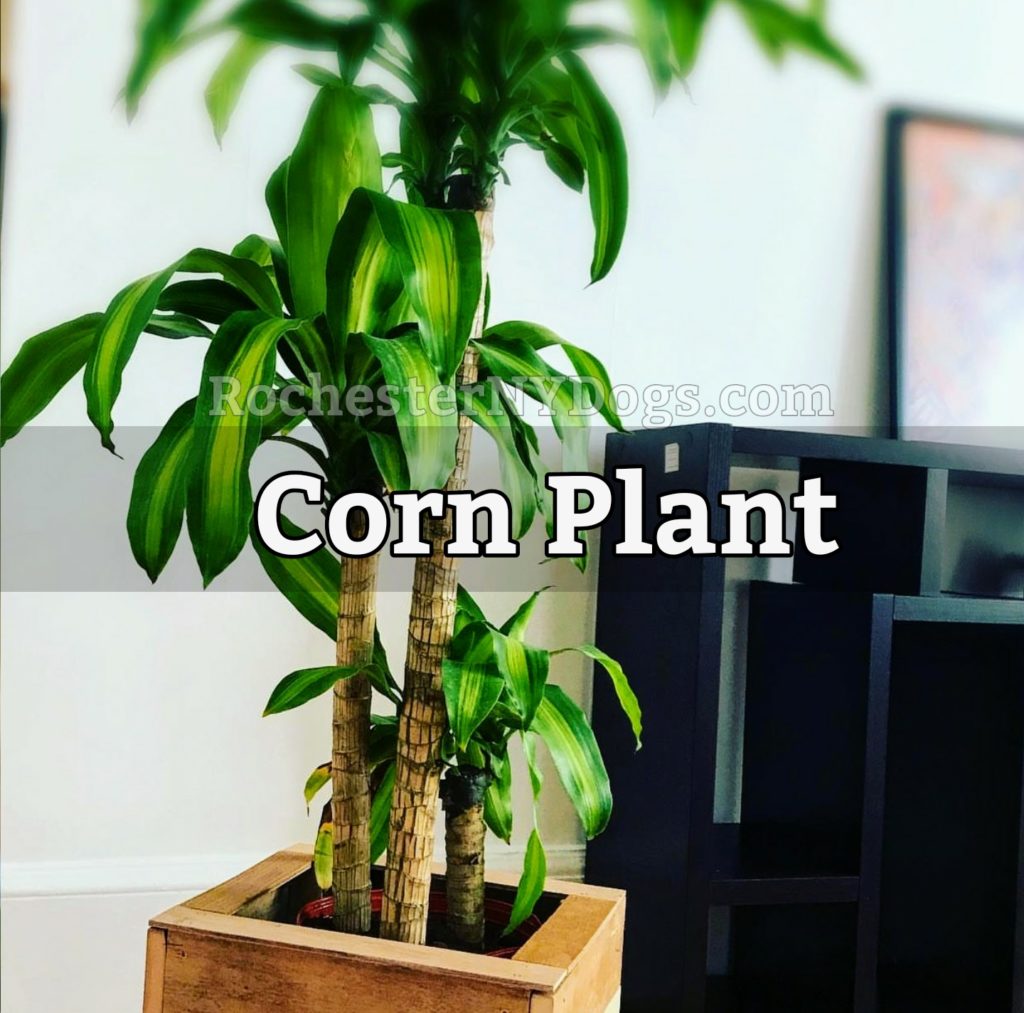
Common Name(s): Corn Plant
Scientific Name: Dracaena Fragrans ‘Massangeana’
Toxicity: Dogs & Cats
About: Corn plant if ingested by pets can cause excessive drooling, vomiting, diarrhea, muscle weakness, depression, and lack of coordination. It can also cause dilated pupils (More commonly in cats)
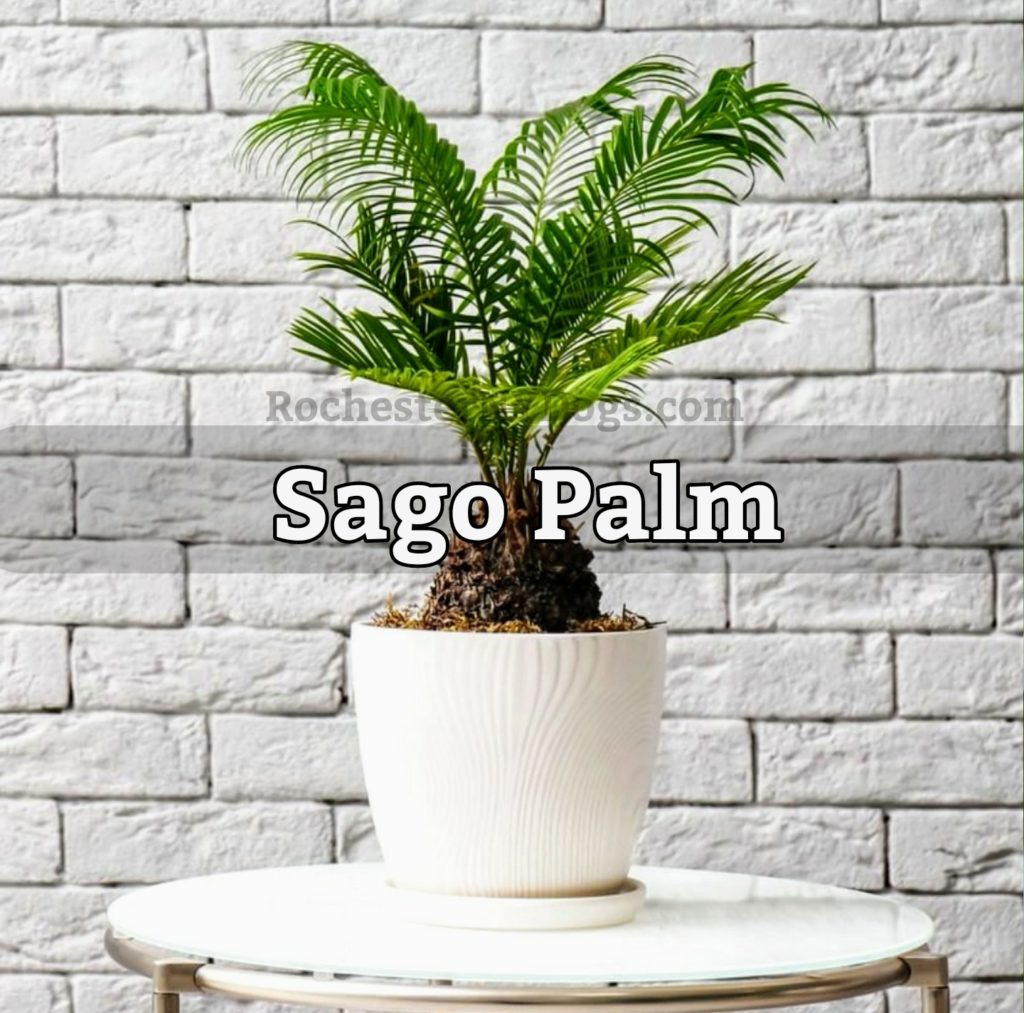
Common Name(s): Sago Palm
Scientific Name: Cycas revoluta
Toxicity: Pets (dogs, cats, horses, etc) & humans (kids)
About: Sago plants are considered toxic to animals and humans. Unlike other plants where only certain parts of the plant are toxic, with the sago plant, every single part can have a negative effect on you and your pets. The most toxic part to your dog / cat is the plants seeds/nuts. Ingesting even a SINGLE seed can be deadly to your pet. Obviously size of your dog and amount ingested will play a factor, but please don’t take the risk.
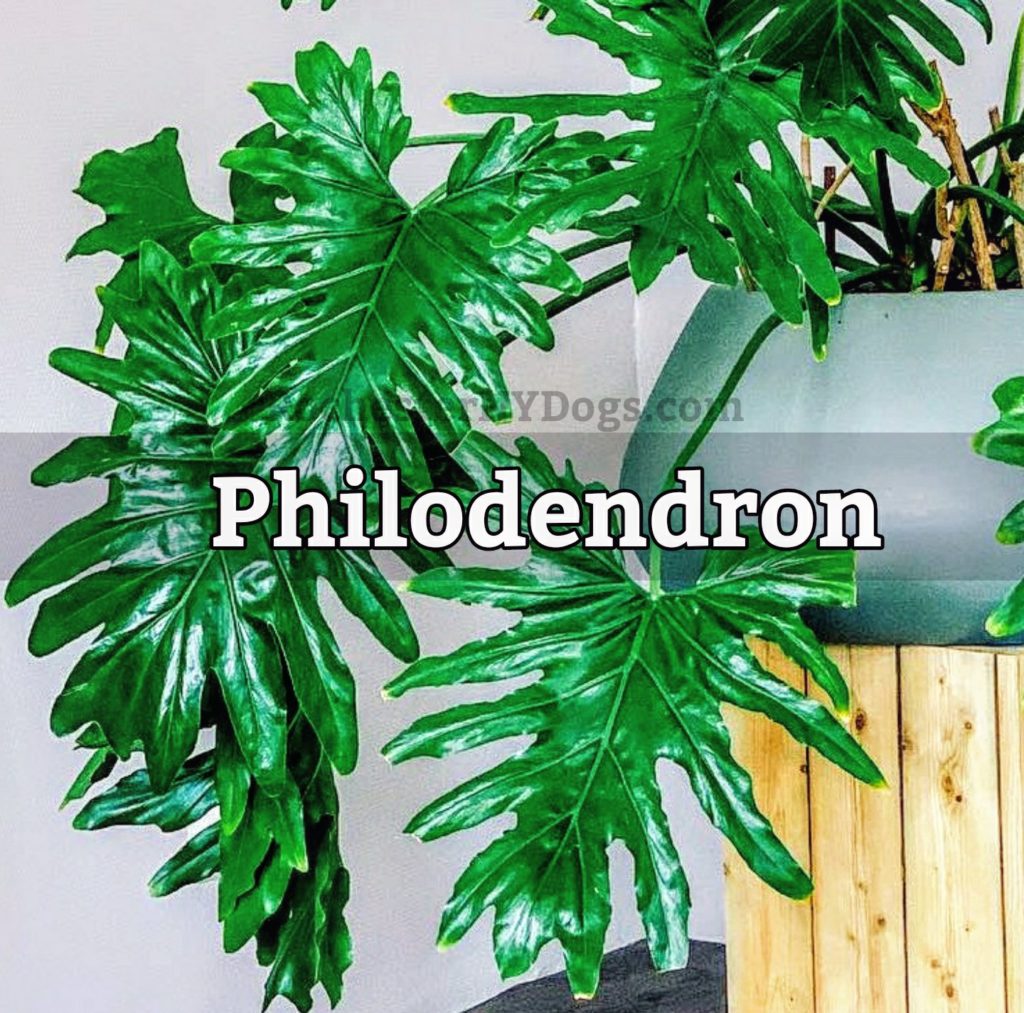
Common Name(s): Philodendron
Scientific Name: Philodendron
Toxicity: Dogs / Cats / Humans
About: Philodendron’s are considered toxic to both your pets (dogs / cats) and humans. Any amount of consumption is said to cause severe irritation in your pets mouth. Your dog / cat will experience a burning sensation which may cause them to start pawing at their face or mouth, drooling, foaming, and/or coughing. If your pet ingests a large amount of Philodendron it could cause severe respiratory and digestive issues. Philodendron’s can also be fatal depending on the size of your pet and how much is ingested.
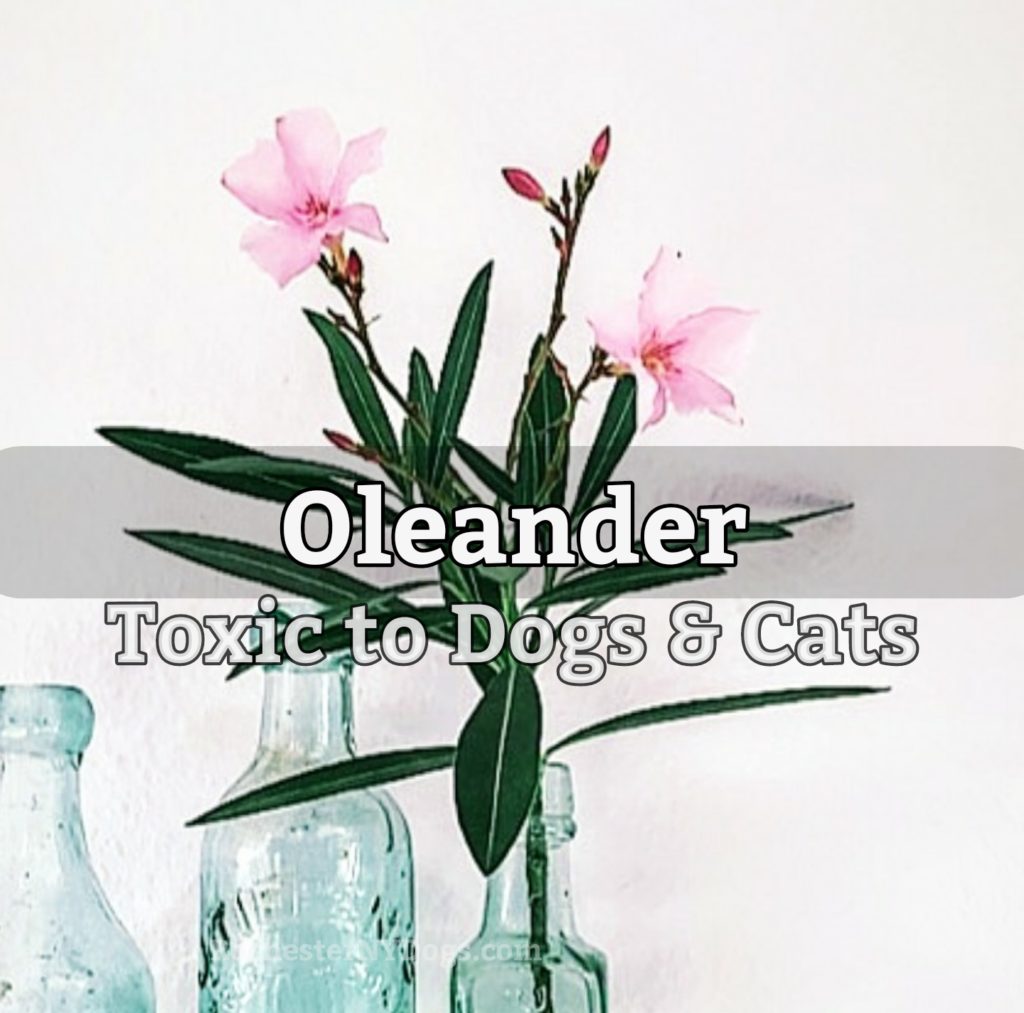
Common Name(s): Oleander
Scientific Name: Nerium oleander
Toxicity: Dogs / Cats / Humans
About: Unlike most plants that are toxic, Oleander is one of the most toxic plants that people have in & around their homes and gardens that people often don’t even realize. Oleander is not only toxic to pets, but it’s toxic to almost all animals including humans (children). A SINGLE petal from the Oleander flower can kill a child. Ingesting, smoking, burning can all be toxic. Aside from death, the Oleander will cause diarrhea, vomiting, upset stomach, intense pain, dizziness, irregular heartbeat, etc.
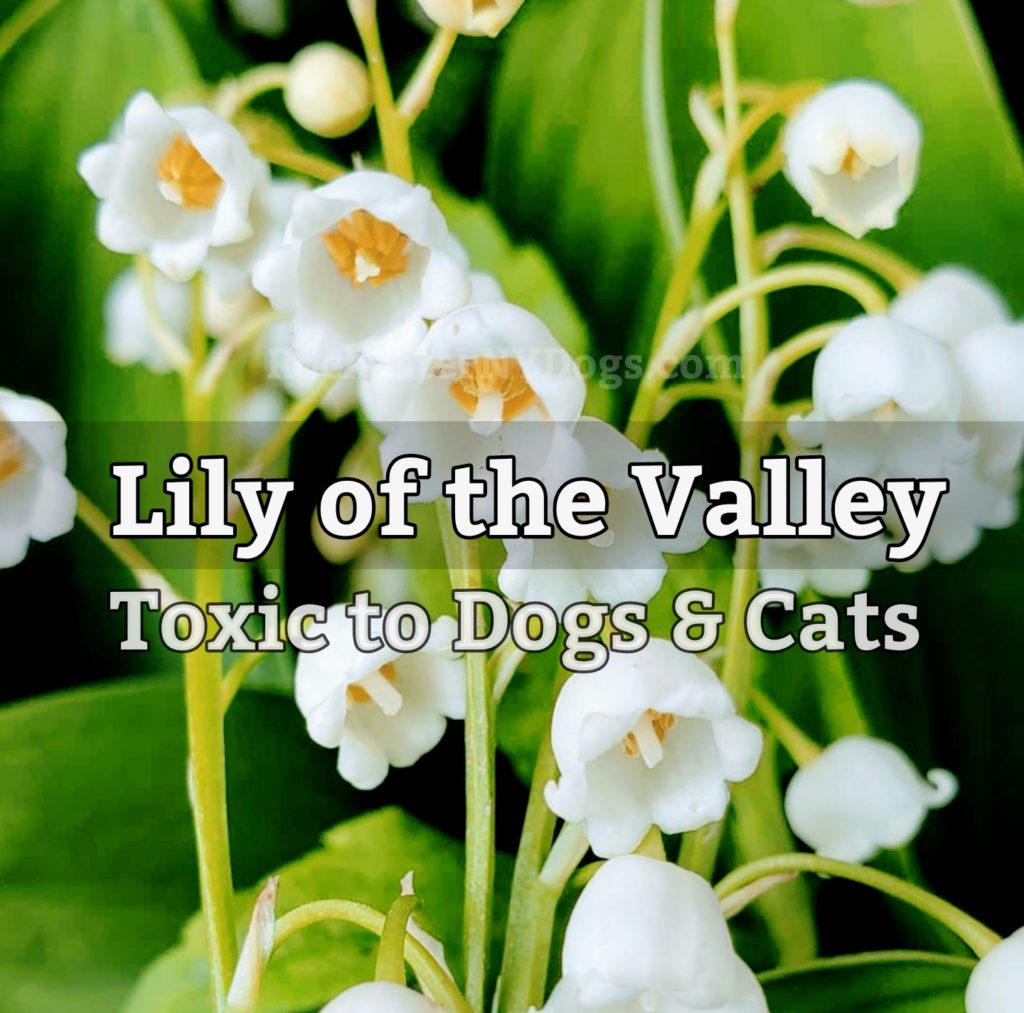
Common Name(s): Lily of the Valley
Scientific Name: Convallaria majalis
Toxicity: Dogs / Cats / Humans
About: Lily of the Valley is toxic to multiple pets including dogs, cats, horses, etc. Toxic effects from ingestion include vomiting, increased heartbeat, disorientation/balance, seizures, change in blood pressure, coma, and at times can be fatal. Lily of the Valley can be located inside the home from clippings or in your garden as it is a common perennial that is planted for it’s ease of care and beautiful flowers. The whole flower is toxic however the bulb and root are the most toxic, so if your dog likes to dig into your garden beds, make sure you don’t have these around!
Disclaimer
I am not, and do not claim to be, a veterinarian. Please reach out to your vet or the pet poison hotline if your dog has gotten into anything and you have questions or concerns.
Products recommended in regards to plants and your pets
Plants that can kill by Stacy Tornio
This book is great if you would like to read up and or have a reference handy for plants. This book will help you identify the plants, bushes, and trees in your home and around your property that could be dangerous to your pet(s) or children!
Poison Control for Dogs and Cats Refrigerator Magnet
Keep this handy in your car or in your home on your refrigerator for a quick reference to what plants / foods that are common in the household. This magnet warns you and other friends/family on dangerous items and also advises which are safe!
Bitter Apple
Dog / Cat deterrent sprays are good for things your pet is getting into that they shouldn’t be! Help teach them what’s dangerous by making it taste unfavorable to them! There are several different versions/brands available, make sure you find the right product that works for your pet.
Contact us today!
As always, do not hesitate to text, call, or E-Mail if you have any questions, would like more information, or would like to set up training for your service dog work.
- Website Contact: https://www.rochesternydogs.com/contact-us/
- E-Mail: [email protected]
- Text/Call: (585) 861-8067

Leave a Comment